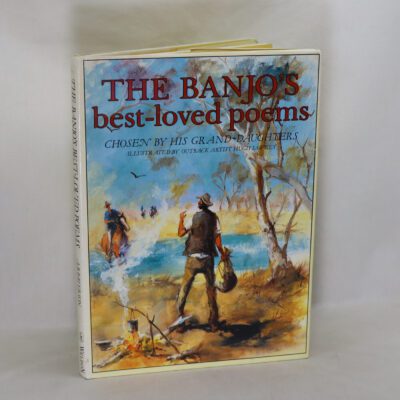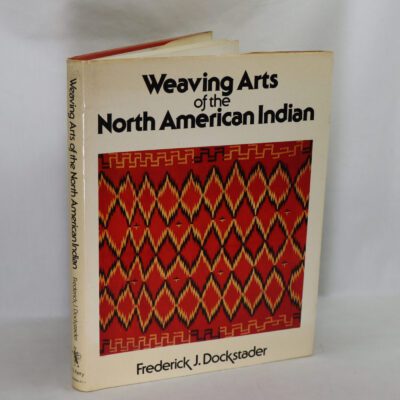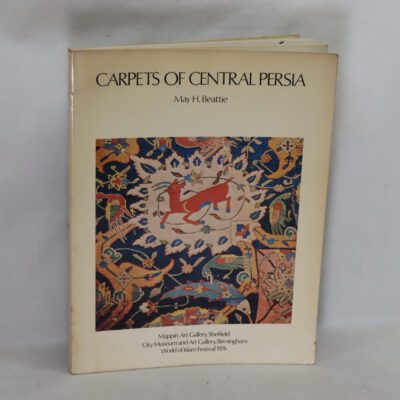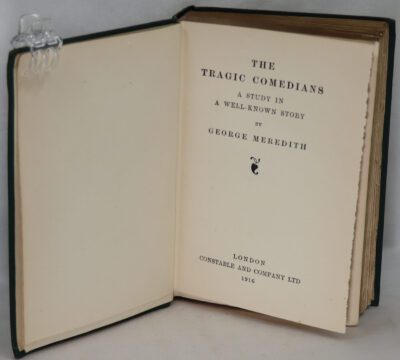The Good Earth.
By Pearl S Buck
Printed: 1969
Publisher: Penquin Books. London
| Dimensions | 11 × 18 × 1 cm |
|---|---|
| Language |
Language: English
Size (cminches): 11 x 18 x 1
Condition: Fair (See explanation of ratings)
Item information
Description
Paperback. Orange cover with black title.
We provide an in-depth photographic presentation of this item to stimulate your feeling and touch. More traditional book descriptions are immediately available
A FROST PAPERBACK is a loved book which a member of the Frost family has checked for condition, cleanliness, completeness and readability. When the buyer collects their book, the delivery charge of £3.00 is not made
Book 1 of 3: The Good Earth Trilogy
When O-lan, a servant girl, marries the peasant Wang Lung, she toils tirelessly through four pregnancies for their family’s survival. Reward at first is meagre, but there is sustenance in the land – until the famine comes. Half-starved, the family joins thousands of peasants to beg on the city streets. It seems that all is lost, until O-lan’s desperate will to survive returns them home with an undreamt of wealth. But they have betrayed the earth from which true wealth springs, and the family’s money breeds only mistrust, deception – and heartbreak for the woman who had saved them. THE GOOD EARTH is a riveting family saga and story of female sacrifice – a classic of twentieth-century literature.
Review: This is the first in a trilogy of novels published in the 1930s about the lives of generations of a family of Chinese peasants in the late 19th and early 20th centuries. The author was American Pearl S Buck, daughter of Presbyterian missionaries and who spent much of the first 40 years of her life in China. This novel was, rather counter-intuitively, the best-selling novel in the US in 1931 and 1932, in which latter year it won the Pulitzer Prize, while Buck herself was the first American woman to win the Nobel Prize in Literature in 1938.
The beauty of the novel is that the land, the soil, the earth of the title is almost a character in its own right. It belongs to farmer Wang Lung and his family which early on in the novel consists of himself, his young wife O-Lan, and their two young sons, and Wang’s father; with a feckless uncle, with his wife and son, lurking in the background. Wang works hard but struggles. Famine comes to the land and desperate times. His family moves to a southern city where, eventually they encounter political turbulence and Wang acquires a small fortune of gold coins. Back home in his village, he wisely buys land and grows his farm, becoming prosperous. There are sad and tragic scenes, humour, pathos and an interesting cast of characters. One shocking aspect is the way daughters are treated as opposed to sons, girls are described as “slaves” who are (though not in Wang’s family) sold off (or even killed) during times of hardship to help the family.
Part of the overall allure and mystery of the novel is its seeming to take place outside time and place – we don’t find out the names of most of Wang’s family members, and the outside world rarely impinges on their lives, with unspecified references to wars and revolutions, which I thought must refer to the Boxer rebellion of 1901 and the revolution that overthrew the Manchus in 1911-12, though the the stretches of time in the family’s lives seems longer than these events allow – Wang is about 20 at the novel’s start and about 70 at its end. I love Buck’s writing style and her deep empathy for her characters and their landscape and culture.
Pearl Comfort Sydenstricker was born in 1892 in West Virginia. Her parents were Southern Presbyterian missionaries, most often stationed in China, and from childhood, Pearl spoke both English and Chinese. She returned to China in 1914, and married John Lossing Buck. They immediately moved to Nanhsuchou in rural Anhwei province. In 1931, John Day published Pearl’s second novel, The Good Earth. This was the bestselling book of both 1931 and 1932, and won the Pulitzer Prize. In 1938 Pearl won the Nobel Prize in literature, the first American woman to do so. By the time of her death in 1973, Pearl had published more than seventy books: novels, collections of stories, biography and autobiography, poetry, drama, children’s literature, and translations from the Chinese.
Want to know more about this item?
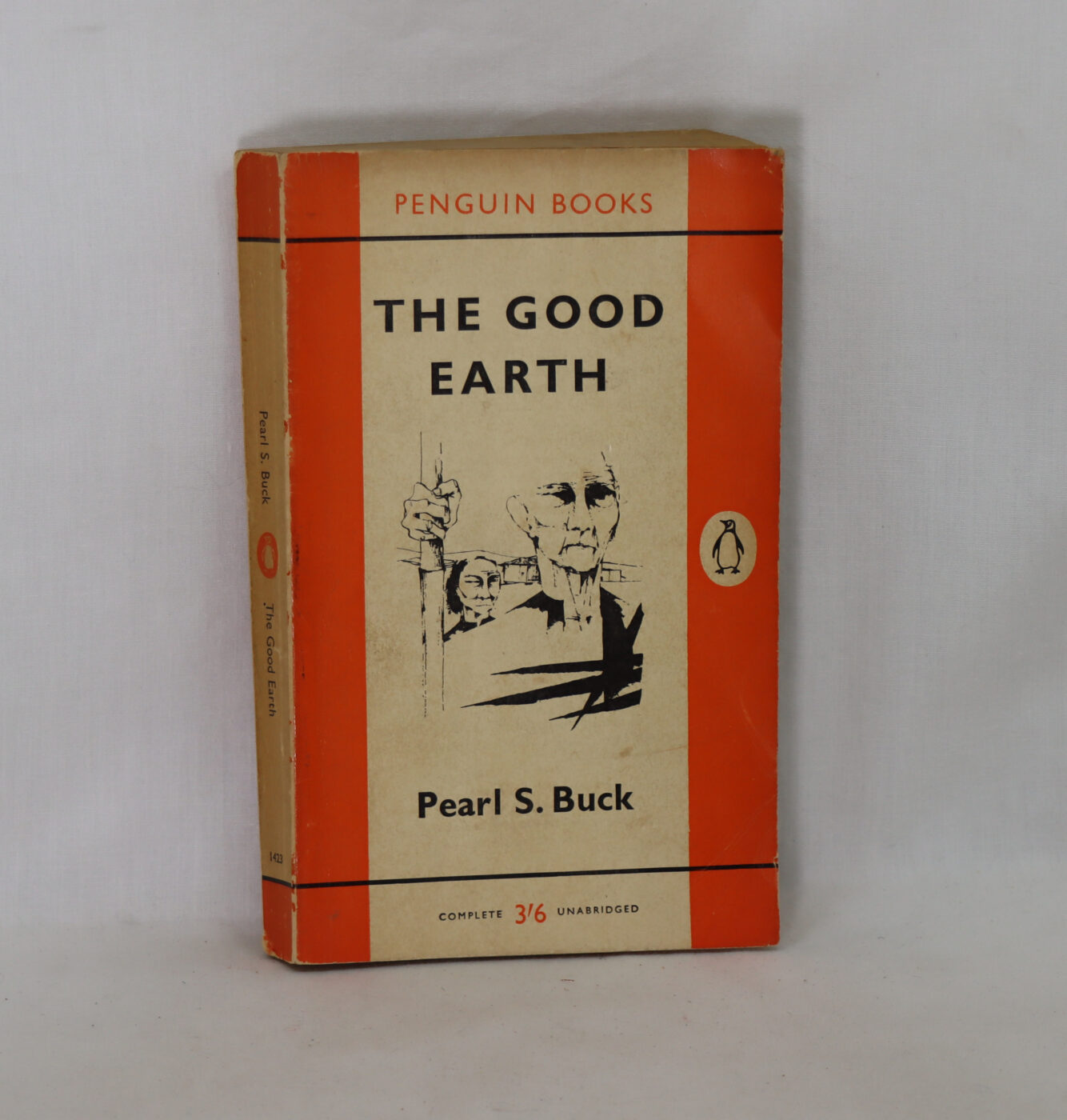
Related products
Share this Page with a friend

